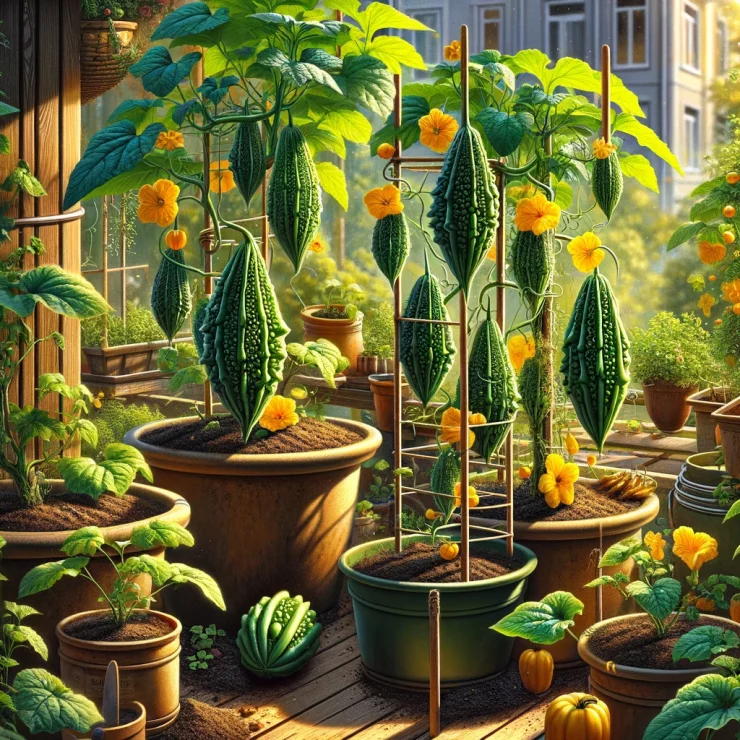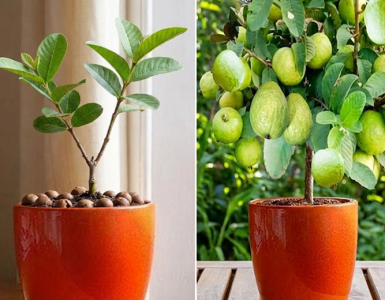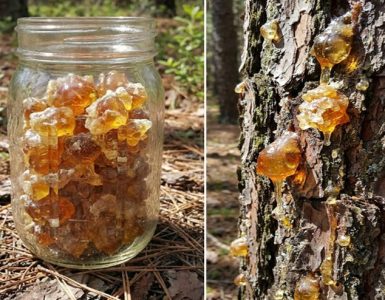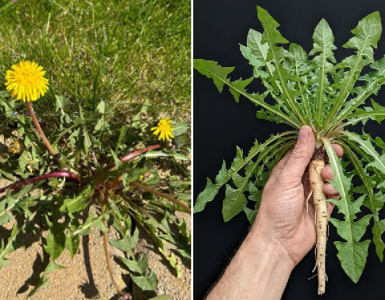Bitter melon, also known as bitter gourd or Momordica charantia, is a unique vegetable popular in many Asian cuisines for its distinct bitter taste and numerous health benefits. While it’s commonly grown in gardens, not everyone has access to outdoor space. Luckily, bitter melon can also thrive in containers, making it an ideal option for urban dwellers or those with limited gardening space. In this article, we’ll explore how you can successfully grow bitter melon in containers right at home.
Choosing the Right Container
When it comes to growing bitter melon in containers, selecting the appropriate container is crucial for the plant’s health and growth. Opt for a container that is at least 18 inches in diameter and depth to accommodate the plant’s extensive root system. Additionally, ensure that the container has sufficient drainage holes to prevent waterlogging, which can lead to root rot.
Soil Requirements
Bitter melon thrives in well-draining, nutrient-rich soil. Use a high-quality potting mix combined with organic compost to provide the necessary nutrients for healthy growth. Aim for a slightly acidic to neutral soil pH level ranging from 6.0 to 7.0.
Planting Bitter Melon Seeds
Bitter melon seeds can be directly sown into the container or started indoors and transplanted once the seedlings have developed. If starting seeds indoors, sow them in biodegradable pots approximately four weeks before the last frost date in your area. When transplanting, handle the seedlings carefully to avoid damaging the delicate roots.
Sunlight and Temperature
Bitter melon is a warm-season crop that requires plenty of sunlight to thrive. Choose a location for your container where it can receive at least 6 to 8 hours of direct sunlight daily. Maintain temperatures between 70°F to 90°F (21°C to 32°C) for optimal growth. Consider placing the container in a sunny spot on a patio, balcony, or windowsill.
Watering and Maintenance
Proper watering is essential for the healthy growth of bitter melon plants. Keep the soil consistently moist but not waterlogged. Water the plants deeply whenever the top inch of soil feels dry to the touch. Additionally, mulching around the base of the plant can help retain soil moisture and suppress weed growth.
Trellising
Bitter melon is a vine plant that requires support for vertical growth. Install a sturdy trellis or stake near the container to provide support for the vines as they grow. Training the vines to climb the trellis will not only save space but also promote better air circulation and reduce the risk of disease.
Fertilization
To ensure vigorous growth and abundant fruit production, fertilize your bitter melon plants regularly throughout the growing season. Use a balanced, water-soluble fertilizer or organic compost every two to three weeks. Avoid over-fertilizing, as this can lead to excessive vine growth at the expense of fruit production.
Pest and Disease Control
Keep an eye out for common pests such as aphids, spider mites, and cucumber beetles, which can damage bitter melon plants. Regularly inspect the foliage for signs of pest infestation and promptly treat any issues with insecticidal soap or neem oil. Additionally, practicing good garden hygiene and providing adequate air circulation can help prevent fungal diseases such as powdery mildew.
Harvesting Bitter Melon
Bitter melon fruits are typically ready for harvest 60 to 70 days after planting. Harvest the fruits when they are young and tender, as mature fruits tend to develop a more intense bitterness. Use a sharp pair of scissors or garden shears to cut the fruits from the vine, taking care not to damage the plant.
Growing bitter melon in containers at home is a rewarding experience that allows even those with limited space to enjoy this unique vegetable. By following the tips outlined in this article, you can successfully cultivate bitter melon plants in containers and enjoy a bountiful harvest of fresh, homegrown produce. Whether you’re a seasoned gardener or a novice enthusiast, growing bitter melon in containers is a fun and fulfilling way to add variety to your home garden.






Add comment